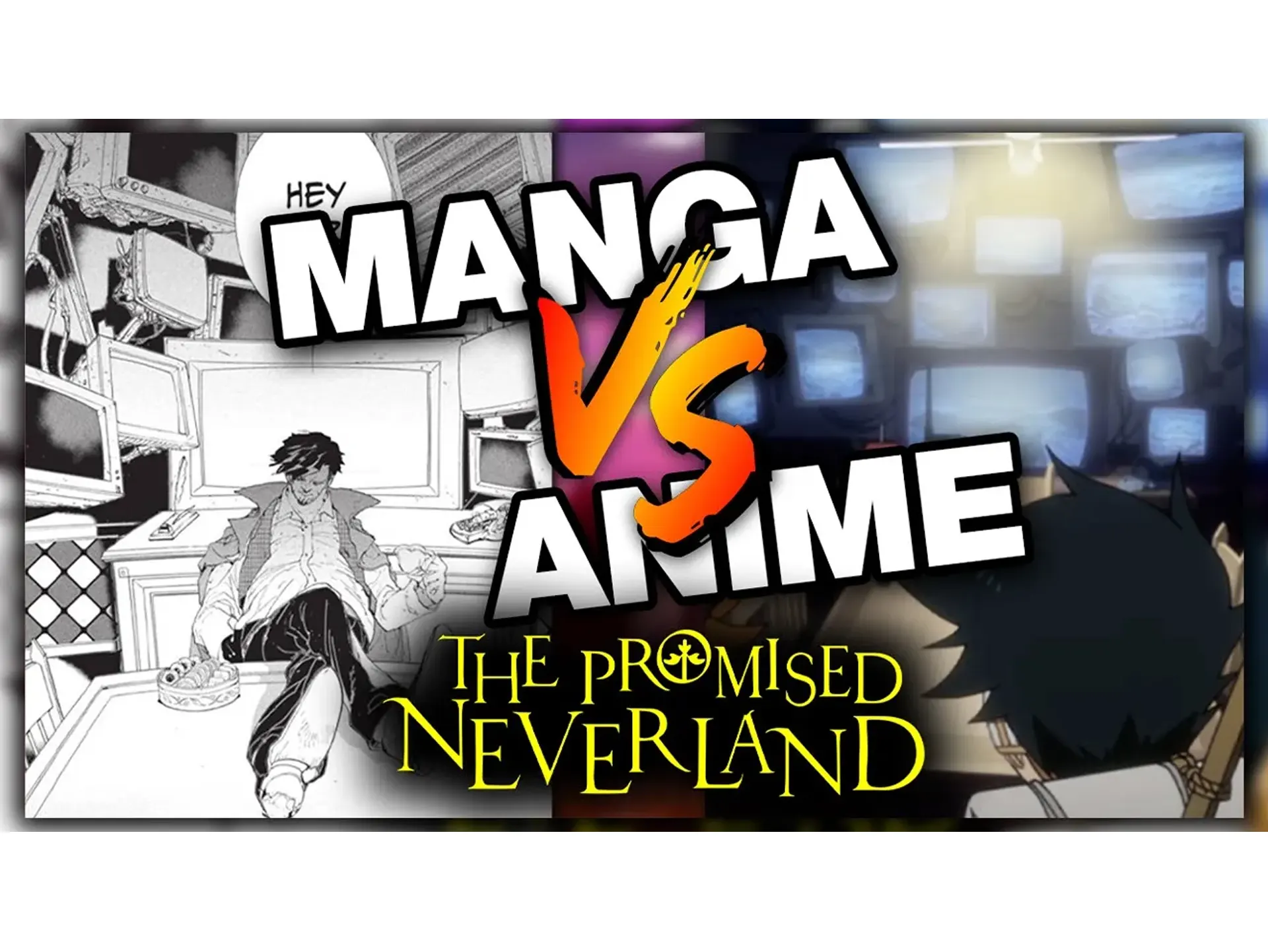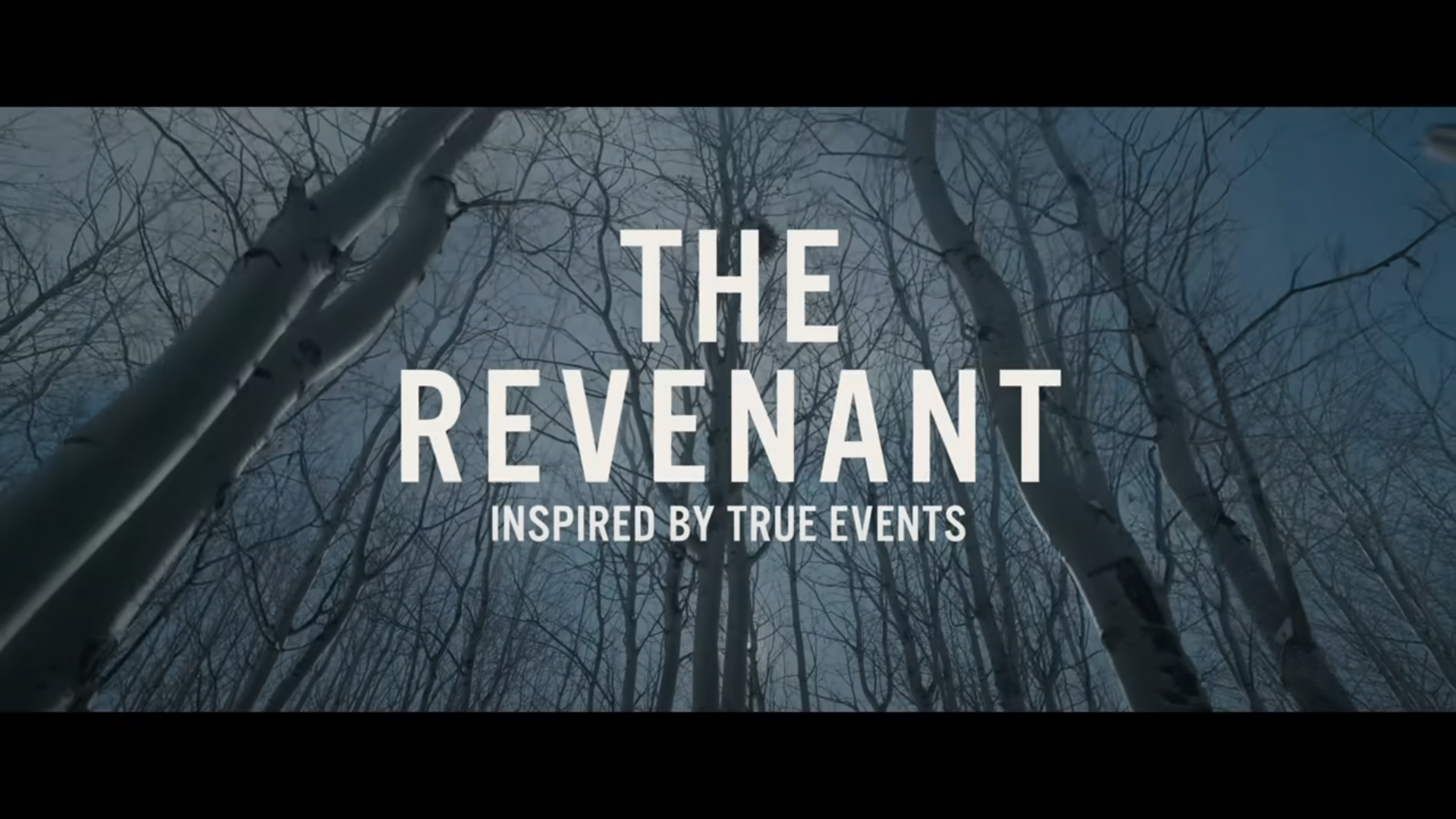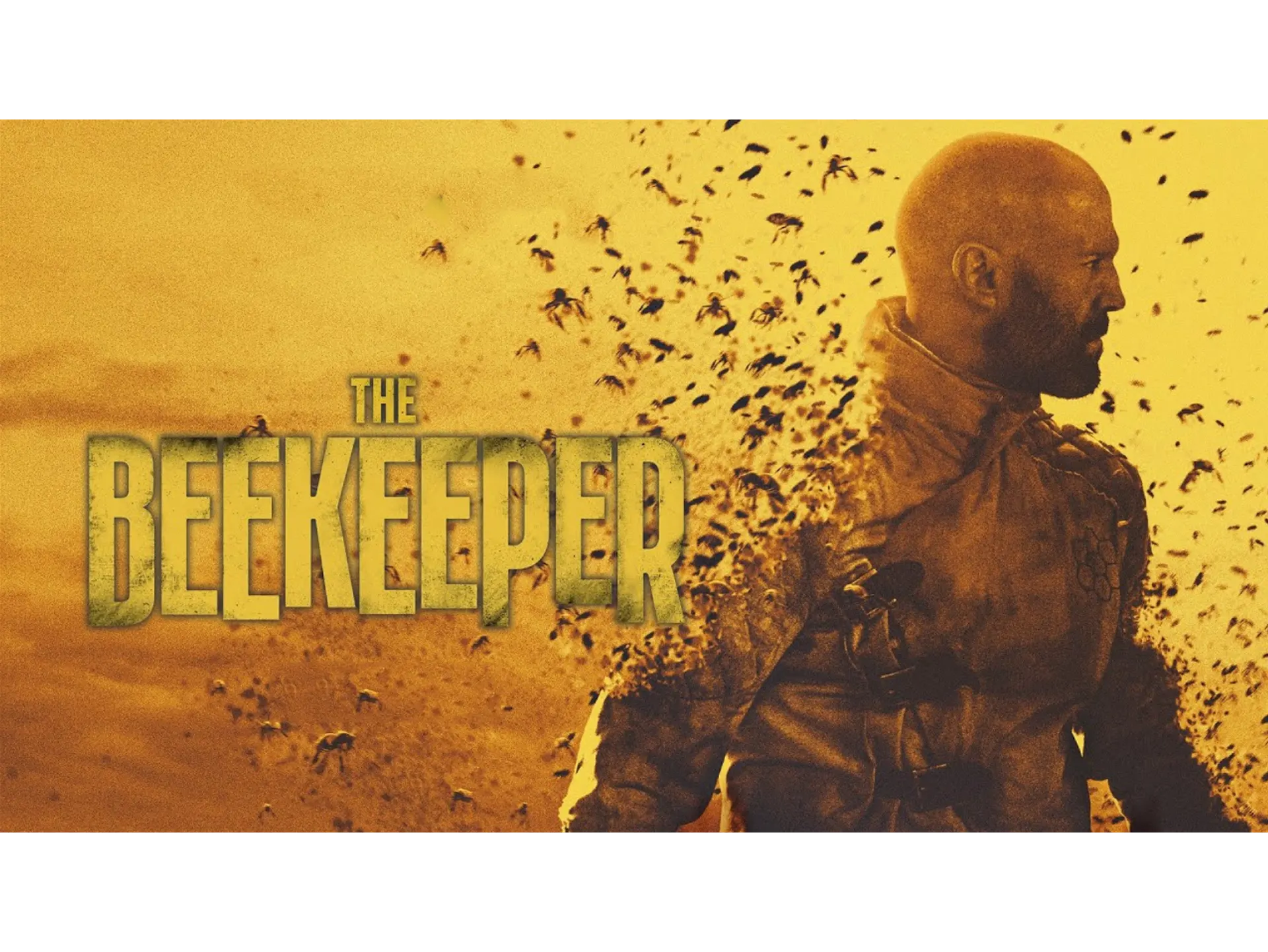The Promised Neverland is a captivating story that originally began as a manga and later transitioned into an anime series and a live-action film. This blog will explore how the film compares to the original manga, examining elements like plot development, character portrayal, and thematic depth.
The Transition from Manga to Film
The journey of The Promised Neverland began as a manga created by Kaiu Shirai and illustrated by Posuka Demizu, running from 2016 to 2020. The manga quickly garnered a huge fanbase for its gripping narrative and compelling characters. In 2020, a live-action film adaptation was released in Japan. However, translating a multi-volume narrative into a feature-length film presents its challenges. Many fans were eager to see how the intense atmosphere and intricate plots of the manga would fare on the big screen.
When a film adapts a manga, the most significant challenge lies in condensing a rich story into a brief runtime. The live-action The Promised Neverland film takes the essential plot points and character arcs while attempting to keep the essence of the original story. While the film captures some of the manga’s intensity, it inevitably leaves out certain intricacies that could deepen the narrative experience for viewers familiar with the manga.
Plot Differences and Adaptations
One of the most striking aspects of The Promised Neverland film is how it simplifies the plot. The manga intricately introduces various elements such as world-building, character backstories, and the complex relationship dynamics of the main characters—Emma, Norman, and Ray. Unfortunately, the film’s shorter format does not allow for this depth. Key plot points and character backgrounds that build the story up are either altered or omitted entirely in an effort to create a cohesive film narrative.
For instance, the manga focuses a significant amount of its time on the children’s struggles to escape their fate while also exploring the emotional weight of their decisions. The film, however, condenses these escape sequences into a much shorter timeframe. The thrill of not just escape but the moral dilemmas faced by the characters feels hurried, leading viewers to miss out on the emotional richness that the manga beautifully develops over its pages. While the film maintains some suspense, it cannot achieve the same emotional impact due to the lack of depth.
Character Development Comparison
Character development is one of the strengths of The Promised Neverland manga. Over its serialization, the readers develop a profound understanding and connection with the three protagonists and their motivations. The film, on the other hand, struggles with character development due to its limited runtime.
Emma, portrayed as a hopeful and determined leader in the manga, showcases various strengths and vulnerabilities throughout the story. In the film, while her strengths are highlighted, several of her vulnerabilities are glossed over or condensed into brief moments. Norman and Ray are similarly affected; their complex personalities and evolving relationships are primarily reduced to surface-level interactions. Consequently, viewers unfamiliar with the manga might not fully grasp the characters’ motivations or the emotional stakes involved, significantly dampening the overall experience.
The film does showcase notable performances, especially by the lead actors, which somewhat compensates for this lack of depth. However, without the thorough exploration of their personalities, viewers may find it challenging to connect with the characters on the same level as they would when reading the manga.
Thematic Elements and Symbolism
The Promised Neverland manga is rich with thematic content, delving into issues like survival, sacrifice, friendship, and the loss of innocence. Each arc presents a distinct theme, reinforcing the characters’ struggles and resilience. The film, while touching on these themes, does so in a more superficial manner.
For instance, the theme of survival in the manga is addressed with layers of complexity, showcasing the moral dilemmas faced by the characters amidst a cruel reality. The film, however, opts for a more straightforward approach, which can feel disjointed to longstanding fans of the series. Symbolism plays an important role in the manga as well, with various elements like the “farm” reflecting broader societal issues. The film, constrained by its runtime, tends to underutilize these symbols, making it feel like a missed opportunity to convey deeper meanings.
Moreover, the emotional nuances present in the manga often hinge on its pacing. The film’s pacing may leave audiences with a lack of understanding of critical thematic developments. As a result, the thematic richness is diluted, leading to a comparatively less thought-provoking narrative experience in the film compared to the manga.
Visual Adaptation and Cinematic Elements
When transitioning from manga to film, the visual elements take on a new life. The Promised Neverland manga has a unique artistic style that strongly conveys emotions and atmospheres. The film attempts to replicate this through its cinematography and set design, creating a visually engaging experience. However, certain nuances present in the illustrations are difficult to translate into live-action.
The use of lighting, camera angles, and special effects in the film does succeed in establishing a tense atmosphere, which is crucial to the narrative. The horrifying reality of the world in The Promised Neverland, with its eerie undertones, is evident in various cinematographic choices. Still, some fans who were enamored by the manga’s artwork may find aspects of the visual storytelling lacking.
Additionally, the pacing and editing in the film can detract from the overall impact of key scenes. Moments filled with tension from the manga may not translate into a similar visceral experience on-screen. For example, the nail-biting suspense built through elaborate escape plans is rushed in the film, losing some of that heart-pounding intensity. The emotion-driven frames of the manga give readers space to reflect. The film’s rapid pacing can quickly move to the next action point, leaving little room for such contemplation.
Music and Sound Design in the Film
One aspect of live-action adaptations that greatly influences the viewer’s experience is music and sound design. The Promised Neverland film features a soundtrack that attempts to resonate with the themes and emotions of the narrative. Music can amplify tension, evoke sadness, or heighten excitement, and the film effectively taps into those elements.
While the manga relies on imaginative visuals to create fate and fear, the film uses its score to elicit similar feelings. The iconic sound designs and compositions help create a gripping atmosphere, engaging viewers on an auditory level. However, while the effectiveness is noted, some fans feel that the music could not entirely compensate for the emotional depth that’s often conveyed through silence or dialogue in the manga.
Thus, while the film succeeds in setting an atmosphere, it may not resonate with the same emotional intensity as the illustrations and narrative pacing in the manga.
Reception and Audience Perception
The Promised Neverland film has had mixed reception amongst audiences and fans of the original manga. Those new to the series may enjoy the film as a standalone piece, appreciating the suspenseful elements and character portrayals. However, fans of the manga often carry expectations shaped by their deeper understanding of the story.
For devoted followers of The Promised Neverland, the film may feel like a missed opportunity to explore the intricate nature of this compelling narrative. The emotional weight and expanded world-building found in the manga are significantly condensed, leading to a feeling of dissatisfaction among long-time fans.
Critics have highlighted both the strengths and weaknesses of the adaptation, praising the performances and visual elements while lamenting the lack of depth in plot and character development. Overall, the reception indicates that while the film can stand on its own, it might not live up to the full potential that the source material offers.
Conclusion
In summary, The Promised Neverland film serves as an ambitious attempt to adapt a much-loved manga into a live-action format. While it captures essential plot points and exciting visuals, it ultimately falls short in delivering the emotional depth and character complexity that fans have come to cherish. The film stands alone as a piece of entertainment but does not quite resonate deeply in the same way the manga does.
In the end, adaptations can be a mixed bag; they often invoke excitement and disappointment in equal measure. Viewers new to the series may enjoy the thrill, while long-time fans might find it lacking. Regardless, both forms tell an intriguing story that captivates their respective audiences.
FAQs
1. Is the film a faithful adaptation of the manga?
While the film captures essential plot points and character arcs, it simplifies many intricate aspects of the story. Therefore, while some elements stay true, significant details and depth are lost.
2. How does the character development in the film compare to the manga?
The film offers a more superficial portrayals of key characters. The complex inner lives and relationships developed throughout the manga are compressed, making character motivations less clear.
3. Are there any significant story arcs missing from the film?
Yes, the film condenses many important story arcs, resulting in the omission of character backgrounds, key moral dilemmas, and emotional moments that add richness to the narrative.
4. What are the strengths of the live-action film compared to the manga?
The film excels in visuals, combining cinematography and sound design to create an engaging atmosphere. This can amplify tension and excitement, making it entertaining to watch.
5. Should I read the manga if I enjoyed the film?
Absolutely! Reading the manga provides a deeper understanding of character motivations and thematic elements, enhancing appreciation for the story and its emotional nuances.



